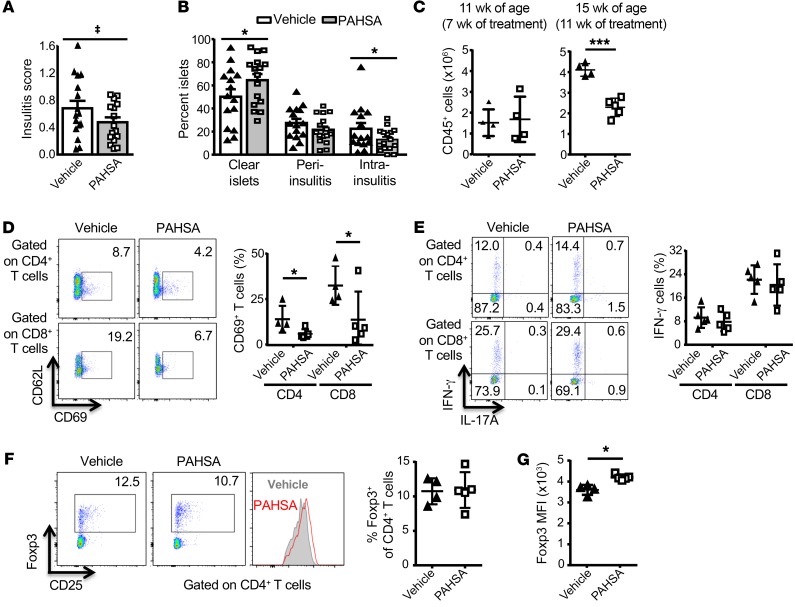Figure 2. Chronic 5- and 9-PAHSA treatment has a minimal effect on insulitis but reduces pancreatic T cell activation in NOD mice.
Female NOD mice were treated with vehicle or 5- and 9-PAHSAs for 6 weeks starting at 4 weeks of age. (A) Insulitis score and (B) percentage of islets that were clear or had peri-insulitis or intra-insulitis. Islets (50–100/mouse) were scored for insulitis. n = 16–17/group (A and B). *P < 0.05 versus vehicle-treated mice; ‡P = 0.06 versus vehicle-treated mice. (C) Total number of CD45+ cells per gram of pancreata from mice treated with 5- and 9-PAHSAs or vehicle for 7 weeks (11 weeks of age) or 11 weeks (15 weeks of age). n = 4–5/group. ****P < 0.0001 versus vehicle-treated mice. Percentage of CD69+ T cells (D) and IFN-γ+ T cells (E) in gated CD4+ and CD8+ T cell population in pancreata from mice treated with 5- and 9-PAHSAs or vehicle for 11 weeks. Representative cytofluorometric dot plots and summary data are shown (n = 4–5). *P < 0.05 versus vehicle-treated mice. (F) Proportions of Foxp3+ cells within the CD4+ T cell population in pancreata from 5- and 9-PAHSA– or vehicle-treated mice. Representative cytofluorometric dot plots and summary data are shown (n = 4–5). (G) Foxp3+ MFI in pancreata from 5- and 9-PAHSA– or vehicle-treated mice (n = 4–5). *P < 0.05 versus vehicle-treated mice. Data indicate the mean ± SEM. Differences between groups were assessed by 2-tailed Student’s t test.

